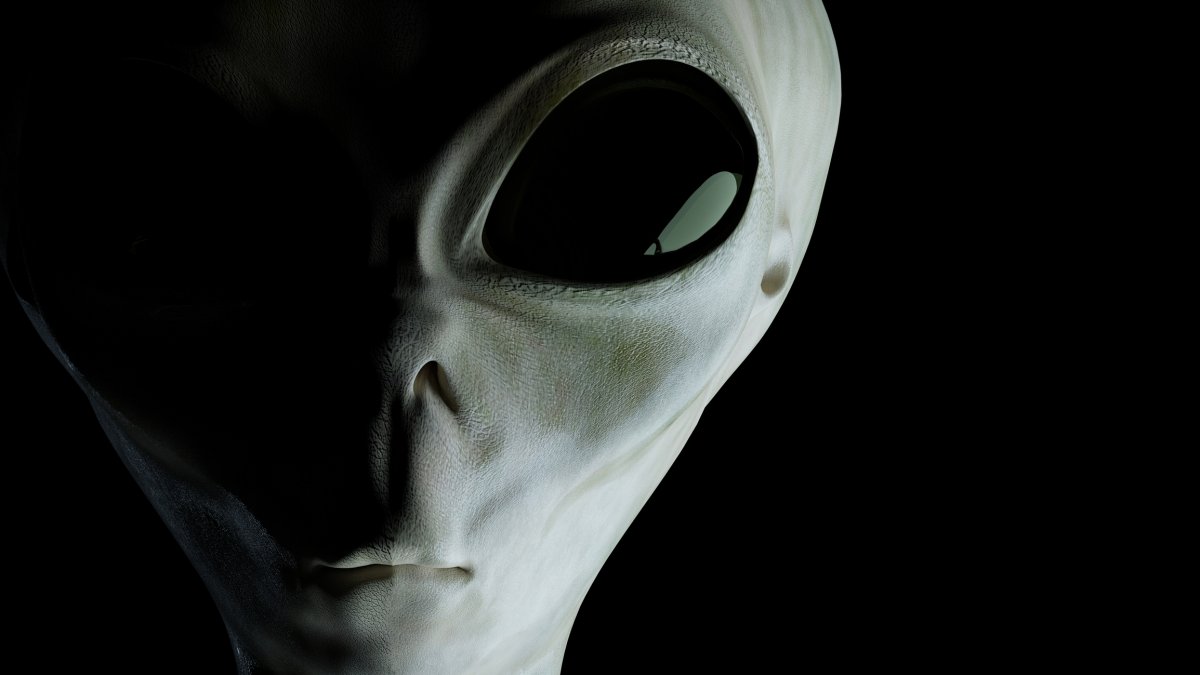Astronomers in Japan are eagerly awaiting an alien reply, 40 years after drunken drawings were beamed into space.
As of August 22, researchers at the University of Hyogo, in Kobe, Japan, led by Shinya Narusawa, have deployed a 210-foot-wide antenna dish in the hopes that they might catch this otherworldly signal.
The initial message was shot out into space in August 1983 by Masaki Morimoto and Hisashi Hirabayashi. It consisted of a series of 13 drawings, depicting the progression of life on Earth, from single-celled organisms to fish to lizards to apes and finally humans.

The crude illustrations—which look like they were made using Microsoft Paint—also include a waving human hand, the transition of fish onto land, and, curiously, the word "toast."
Perhaps this is not so curious as, in 2008, it emerged that the pair had been drunk at the time, according to a report by design and science website Gizmodo. This might explain why the pixelated images included the molecular formula for ethanol, the kanji characters for "kanpai" (which means "cheers" in Japanese) and the word "toast" written in English.
The drawings were transmitted from Stanford University in the form of radio signals headed towards the star Altair.
The solar system sits 16.7 light years away from Earth, within the Aquila constellation. Altair is the 12th-brightest star in the sky, although we have not yet detected any planets in its orbit.
Now, 40 years later, astronomers hope that, if this signal was received, an alien response may have been transmitted back. As a result, the enormous antennae in Japan has been angled towards the star to receive any unusual signals.
The expected date for any possible future response was August 22. Thus far, there has been no news of first contact.
The existence of intelligent live outside of our solar system is a controversial issue, but many scientists believe that it is inevitable.
"The universe is chock-a-block with planets," Seth Shostak, senior astronomer at the SETI (search for extraterrestrial intelligence) Institute in California, previously told Newsweek.
"Most of them are not interesting for life—places like Jupiter and Saturn—but even if maybe 5 or 10 percent of all planets could support life, that means that there are millions and millions of planets in our own galaxy where there could be life.
"Maybe most of that life is just things like bacteria, but you could expect that evolution might eventually produce intelligent beings. So, I really don't think we could be alone."
Uncommon Knowledge
Newsweek is committed to challenging conventional wisdom and finding connections in the search for common ground.
Newsweek is committed to challenging conventional wisdom and finding connections in the search for common ground.
About the writer
Pandora Dewan is a Senior Science Reporter at Newsweek based in London, UK. Her focus is reporting on science, health ... Read more
To read how Newsweek uses AI as a newsroom tool, Click here.








